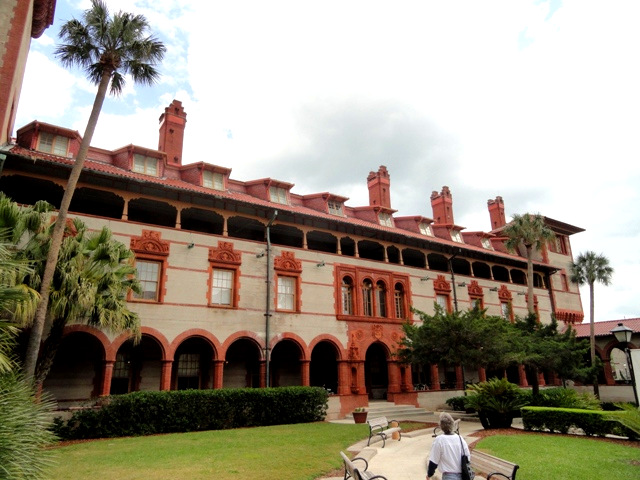True Victorian style: black glass buttons
This past Sunday afternoon I went to my local button club meeting -- and it was fun, hands on, and informative. The topic this month was black glass buttons.
Many of the black glass buttons you see in antique stores were made pre-1918; as a result of Queen Victoria's mourning attire, black was very in vogue. Although you might hear black glass buttons referred to as "jet", jet is a different kind of coal glass, and is much rarer. I'm told you can tell the difference between black glass and jet in that jet will float in water.
After we went over the different classifications for black glass through the National Button Society, we had a chance to dig through some little tubs of buttons (called "poke boxes" by buttoners) to see if we could find examples of all the types we'd covered.
Each poke box was full to the brim of just black glass buttons. We were having a contest -- the one who found the most examples won a button prize.
Here's a bit of what I learned, in case you're interested:
This black button is a swirlback - so named because the metal shank was inserted into the still-hot glass and swirled to set it in.
This button has a four way metal shank -- four holes for attaching to clothing.
This is a fused top button -- a separate piece of glass was fused onto the glass button base.
This style of decoration is called "intaglio."
This is an older example of a faceted button -- cut in geometric shapes; this one also has a gold decorative embellishment.
Two examples of silver luster, in different degrees, on black glass. It's still considered black glass if you can see the black on the back of the button, which you can in all of these examples.
This beautiful button has a silver wash and also gorgeous inlay of another material...
as does this one.
Here's an example of a painted decorative finish; in this case, the button was made to look as if it were wood. (Why?!)
All of the above beautiful buttons were a gift -- the presenter let us keep any 10 buttons we wanted from the poke boxes. How generous!
And, here are just a few black buttons from my own collection...
Thank you for indulging my passion for these tiny beauties!
Many of the black glass buttons you see in antique stores were made pre-1918; as a result of Queen Victoria's mourning attire, black was very in vogue. Although you might hear black glass buttons referred to as "jet", jet is a different kind of coal glass, and is much rarer. I'm told you can tell the difference between black glass and jet in that jet will float in water.
After we went over the different classifications for black glass through the National Button Society, we had a chance to dig through some little tubs of buttons (called "poke boxes" by buttoners) to see if we could find examples of all the types we'd covered.
Each poke box was full to the brim of just black glass buttons. We were having a contest -- the one who found the most examples won a button prize.
Here's a bit of what I learned, in case you're interested:
This black button is a swirlback - so named because the metal shank was inserted into the still-hot glass and swirled to set it in.
This button has a four way metal shank -- four holes for attaching to clothing.
This is a fused top button -- a separate piece of glass was fused onto the glass button base.
This style of decoration is called "intaglio."
This is an older example of a faceted button -- cut in geometric shapes; this one also has a gold decorative embellishment.
Two examples of silver luster, in different degrees, on black glass. It's still considered black glass if you can see the black on the back of the button, which you can in all of these examples.
This beautiful button has a silver wash and also gorgeous inlay of another material...
as does this one.
Here's an example of a painted decorative finish; in this case, the button was made to look as if it were wood. (Why?!)
All of the above beautiful buttons were a gift -- the presenter let us keep any 10 buttons we wanted from the poke boxes. How generous!
And, here are just a few black buttons from my own collection...
Thank you for indulging my passion for these tiny beauties!













Comments
When I learned to sew myself, I spent more on buttons than I did on fabric. I always justify it because buttons are like jewelry permanently attached to your wardrobe - and so worth the investment! My mom finally came around to my way of thinking on this subject too.
When we started travelling so much, and picking through antique stores in all of the places we visited, I scour for old buttons - glass ones, especially! They're so unique in their weight and glimmer. And the fact that they endure the way they have, so many of them pre-dating the Roaring 20's.
Laurie, when you're in Virginia this summer, if you have a chance to go antiquing - I remember finding many glass & also metal military buttons traveling throughout that state.
xx
Hugs XX
Barbara
~Michele